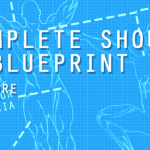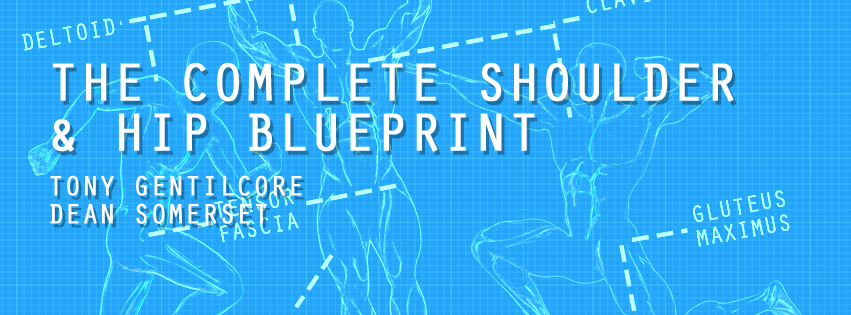I thought I’d do a solid and give my readers an inside peek into my assessment process today.
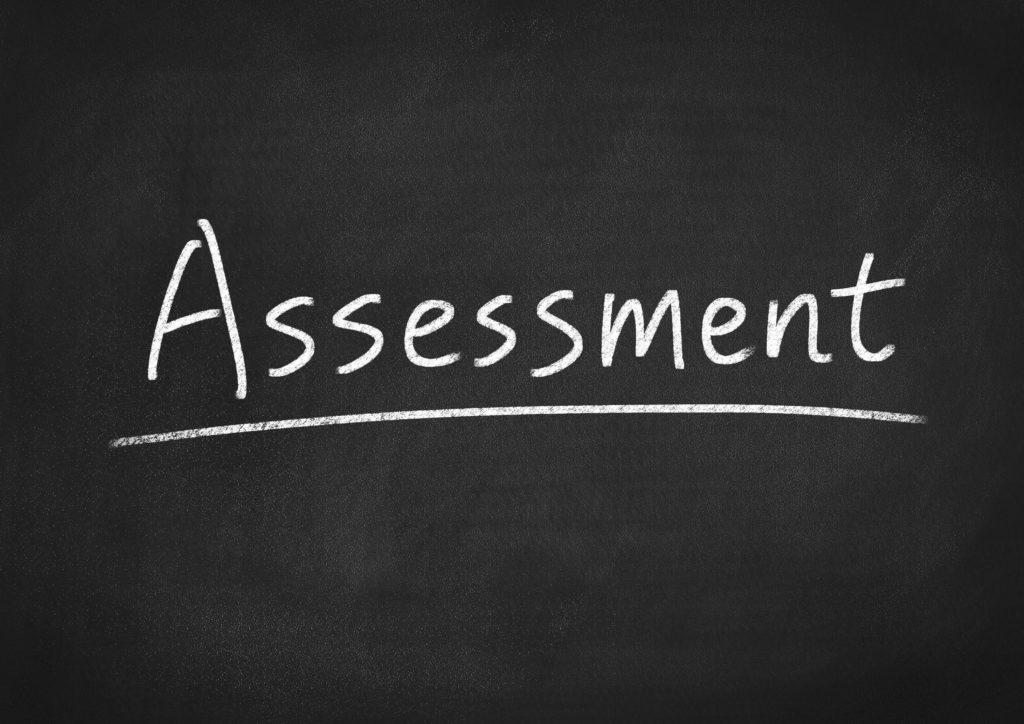
To be blunt: I don’t feel what I do is all that special or altogether revolutionary. But it’s a topic that came up a lot earlier this week when I asked the Twitterverse for some ideas on what they’d like to see me write about in the future.
@tonygentilcore1 Creating buy-in from your client, how much time you spend on an assessment in the first couple of sessions, break it down!
— Trish DaCosta (@LoveLifeFit) January 10, 2017
So, Here Goes
Much of the time the entire process starts with a swipe right an email. Someone reaches out and expresses an interest in coming to my studio in Brookline, MA so I can take a look at their bum shoulder or low back, or maybe to have me audit their deadlift or squatting technique.
They’ll be a few back and forths and I’ll try my best to articulate to them what my assessment will cover. I’ll ask for a little background information – training history, any current/past injuries I need to be aware of, or whether they’re Team Jacob or Team Edward?1 – and then I’ll break down the general flow of the assessment and what they can expect.
In short, I’ll inform them that I divide the session into two parts: The “poking and prodding part” and the “pseudo training session part.” The part where I incessantly blurt out movie quotes is just a given.
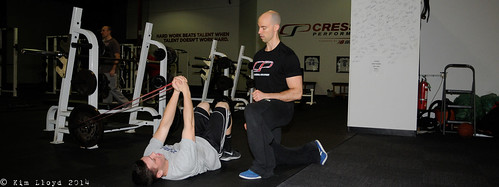
The goal, for the poking and prodding part, is to see if any red-flags pop up from a “is anything I’m doing causing any pain standpoint?” and a “do they have the mobility/flexibility of a rusty crowbar standpoint?”
Likewise, the goal of the pseudo training session part is to ascertain general movement quality and to not bore them to tears.
I explain this to them in a much more professional and succinct manner.
Once we’ve established a date/time to meet up I’ll send them the address of the studio (you would think this is obvious, but I can’t tell how many times I have forgotten to do so), pre-payment options if they so choose (PayPal Button), as well as my Health Questionnaire I’d like for them to fill out prior to coming in (to help save time).
Copyright: alexskopje / 123RF Stock Photo
An important point I’d like to note about my health questionnaire (I am not saying you have to do this) is that I consider this an opportune chance to start building a rapport with the client. Most people know what to expect from a standard health questionnaire. Questions regarding their family history, past/current injuries to note, allergies, and what (if any) medications they’re taking are all par for the course. Mine questionnaire is no different.
However, out of nowhere I’ll hit them with questions like:
- What’s your favorite movie?
- What’s your pet’s name?
- Have you ever been bitten by zombie?
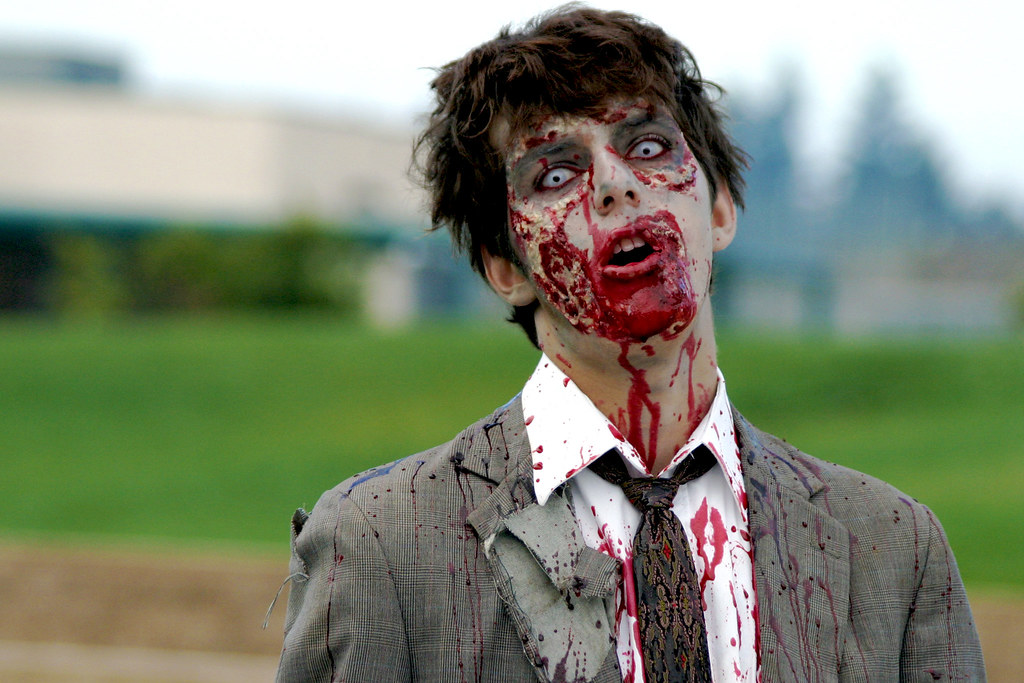
Such things help break the monotony and serve as conversation stimulators. Plus they demonstrate I don’t take myself too seriously and that I’m cool as balls.
The Face to Face
Now it’s go time. We finally meet face to face.
I’ve championed this sentiment in the past but it bears repeating:
“The main objective for me when starting with a new client is to not treat the assessment as an opportunity to showcase how much of a walking ball fail they are. It serves no purpose IMO to point out every…single…thing they suck at. Rather, my goal is to do anything and everything I can to demonstrate to them success.”
If they’re coming in with shoulder pain and they lack shoulder flexion, what can I do to 1) help them get out of pain? and 2) demonstrate movements that they can do (pain free)? Moreover, can I use the Test/Retest protocol to see an increase in ROM in shoulder flexion?
If I can accomplish one of those things within an hour, if not all three, it’s a safe bet I’ll likely achieve an easy “buy in” on their end. I’ll also kindly ask them to refer to me as Gandalf from that point on.
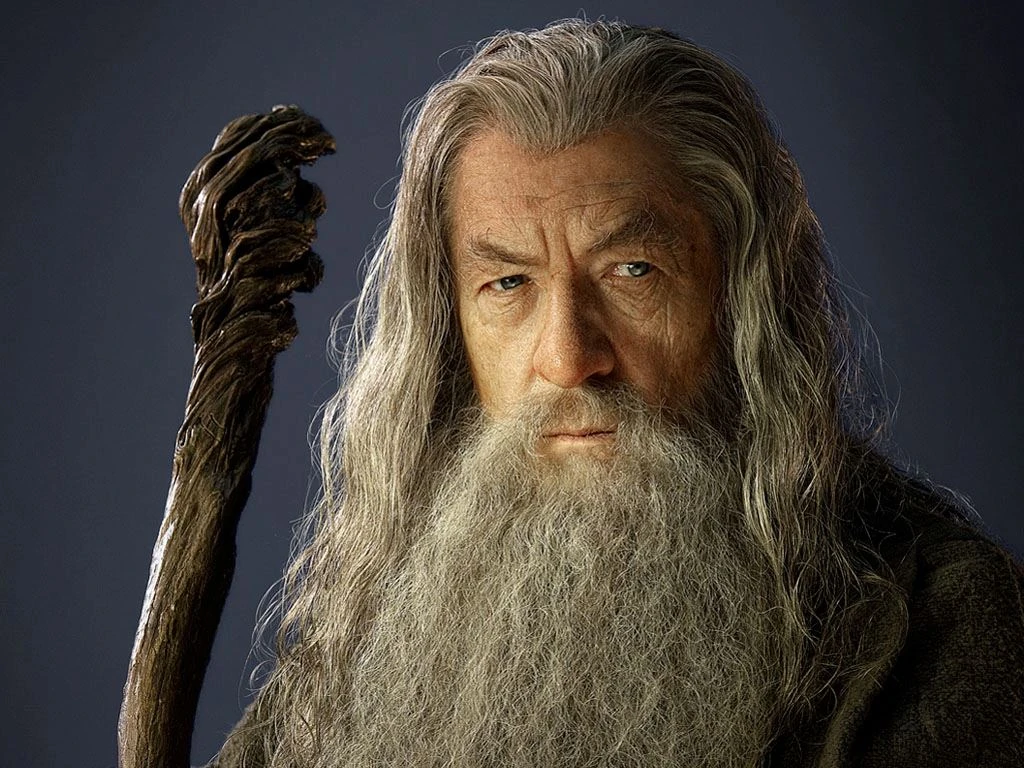
I’ll begin each assessment with a 5-10 minute window where we discuss our feelings. Normally I’d rather jump into a shark’s mouth than discuss my feelings with anyone, but it’s about them not me. The best thing I can do is shut up, ask questions, and listen and use the word “why?” a lot.
Example 1
Them: “I want to lose ten lbs?”
Me: That’s cool, why is that? What benefit do you think you’ll receive in attaining that goal?
Example 2
Them: “My goal is to compete in my first powerlifting meet.”
Me (after I high-five them): “Cool. why is that? What benefit do you think you’ll receive in attaining that goal?
Example 3
Them: “I’d like to get stronger.”
Me: “Yeah, that’s cool but it says here your favorite movie is The Matrix Revolutions, is that right?

Them: “Yep, I love it.”
Me: “Get the fuck out of my gym.”
Sometimes people talk for a few seconds, while others go on for several minutes (and then some). Either way, by getting THEM to talk – and asking why? – I’ll get a better idea of where their mindset is at in addition to having a better appreciate of where they’re coming from.
Something else to note here is that, often, coaches will use the interview process to ask about coaches and trainers the person may have worked with in the past and their experiences with them. I think it’s a good idea to ask. However, what I find is all too common is some coaches take it as an opportunity to lambast the other coach.
“Your previous trainer did whaaaaat? That’s so stupid!”
Don’t do that.
Just nod your head, say something to the affect of “huh, that’s interesting,” and move on. You’re not doing yourself any favors by talking smack about other fitness professionals. In fact I think it comes across as very unprofessional.
It’s Time to Poke and Prod
NOTE: Just realized this comes across as slightly creepy. Rest assured things stay 100% PG.
At this point I’ll take out my training table and start the formal assessment. To be honest: while I do have a checklist I work off of, no two assessments are the same. Having the checklist helps, but everyone’s different. While there is some overlap, what I look at and how I assess a 22-year old college baseball player can be quite different compared to a 47-year old accountant with limited exercise experience.

To that end, every fitness pro approaches assessment differently. I’ve taken the FMS and use portions of it all the time. However I’m going to try my best to cater the assessment to match the person standing in front of me. That’s the beauty of having my own spot. I can do whatever the heck I want.
If that means going off the beaten track so be it.
I’d be remiss not to mention it’s inevitable there’s going to be a degree of bias. One’s training philosophy and values will come into play. For example I’m a “strength” guy. I like getting people strong (while also helping them feel a little more athletic). Despite my assessment I’m still going to have people deadlift, squat, press, row, carry, lunge, and perform first pumps x infinity to Annie Mac radio.
.jpg/290px-Annie_Mac_(2).jpg)
Some may be like, “WTF Tony. What’s the point in doing the assessment, then, if all your going to have them do is the same stuff you have everyone else doing?”
Fair question.
The assessment helps me figure out someone’s starting point. More to the point, the assessment helps me figure out what variation of those lifts will be the best fit given their goals, ability level, and movement quality.
As an example, I use the table assessment to perform a hip scour and gauge hip (IR/ER) ROM. If someone has 45-50 degrees of ER and 20-40 degrees of IR (and appropriate hip flexion ROM) it’s a safe bet they’re okay with squatting below 90 degrees (or with most anything else I’d have them perform on the gym floor). If not, well, I’ll adjust.
I can also perform further “screens” to see if the lack of ROM is due to actual “tightness” or if all I have to do is work on someone’s REACTIVE stability:
I can also use the Shoulder Flexion Screen to see whether or not overhead pressing is a good idea.
In the end, I’m not going to sit here and say you MUST do “x, y and z” because I don’t know what you should or shouldn’t be doing. All I know is that there’s no one right way, but that getting people OFF the table is more valuable to me.
The Pseudo Training Session
The poking and prodding part takes, maybe, 15 minutes to complete. 20 minutes tops. Sometimes less.
I don’t want people feeling like a patient and I’d much rather get them on the gym floor doing stuff. I get more information this way anyways.
Here’s where I’ll take a look at their hip hinge, squat, and single leg (front plane) stability. If need be, I’ll regress or progress accordingly. For some a hip hinge is showing them a cable pull-through.
For others it’s an actual deadlift.
Remember: SHOWING THEM SUCCESS is crucial.
Show people what they can do, and don’t perseverate on what they can’t.
At this juncture I’ll also begin to showcase some of the “correctives” I may want them to do. Some may need to prioritize their T-spine mobility or maybe we need to spend some time activating their glutes. Or, maybe we need to show them a good movie, like The Royal Tenenbaums.

I’ll also break down why (and how) I want them to foam roll and do their soft-tissue work, and then I’ll basically take them through a quick training circuit. This may come down to a short-n-sweet A1-A2 circuit for a few sets. Or, I don’t know, maybe we’ll take our shirts off and perform bicep curls for ten minutes.
Either way I’ve done all I can to have (hopefully) given them a positive experience and a better idea of my coaching style, what a typical training session would look like, and how I’m going to help them increase their general level of badassery.
Buy in = they give me their credit card number….;o)
PS: If you’re really interested into diving into my assessment process check out mine (and Dean Somerset’s) resource Complete Shoulder and Hip Blueprint.

